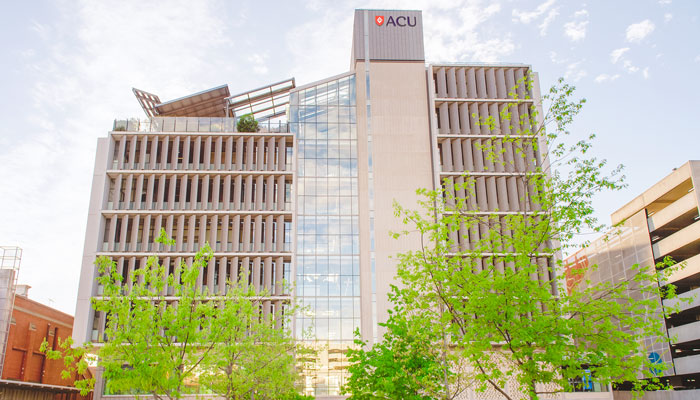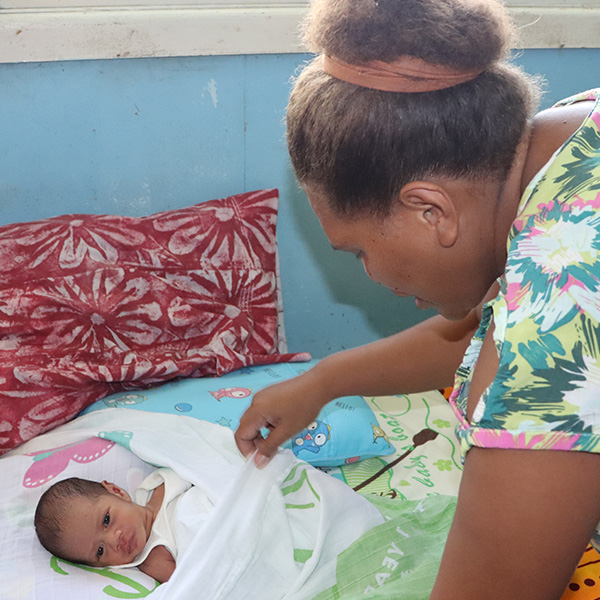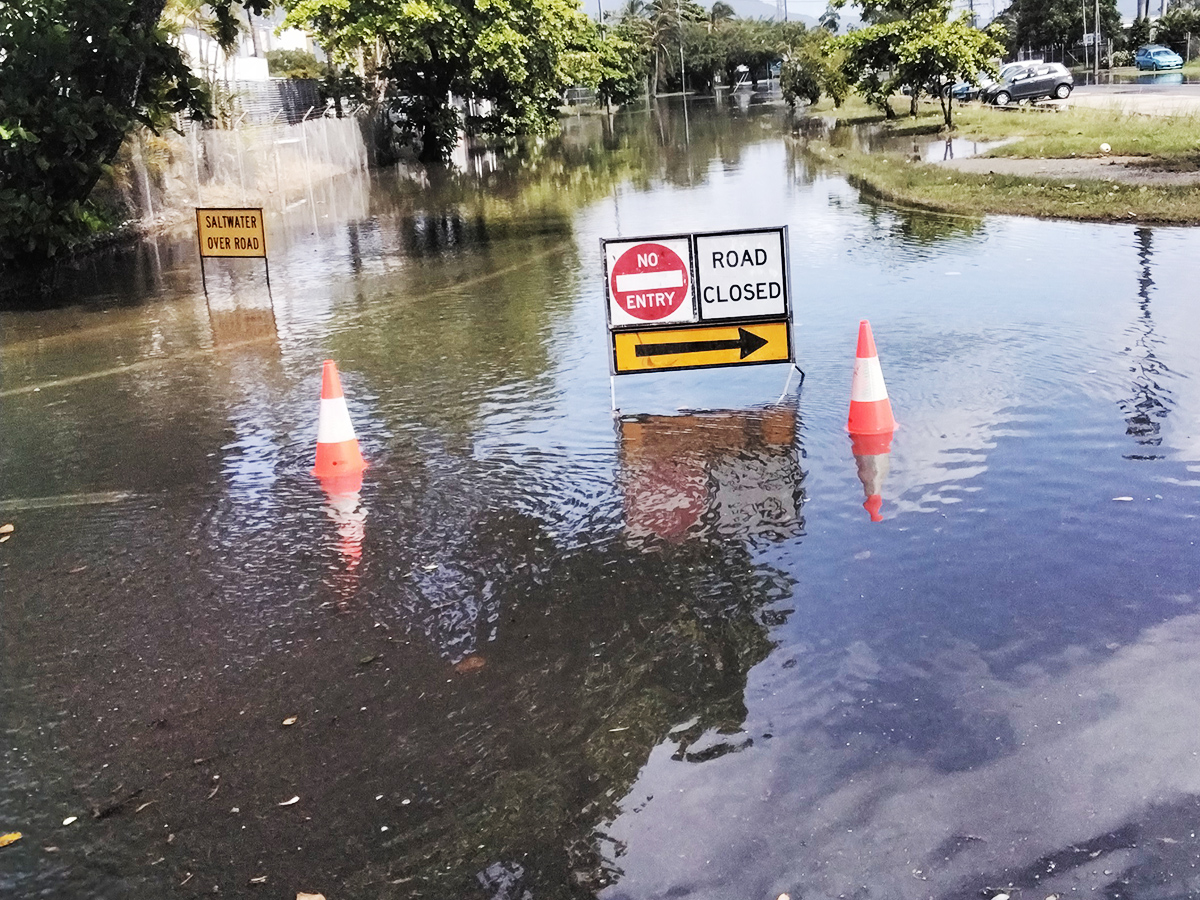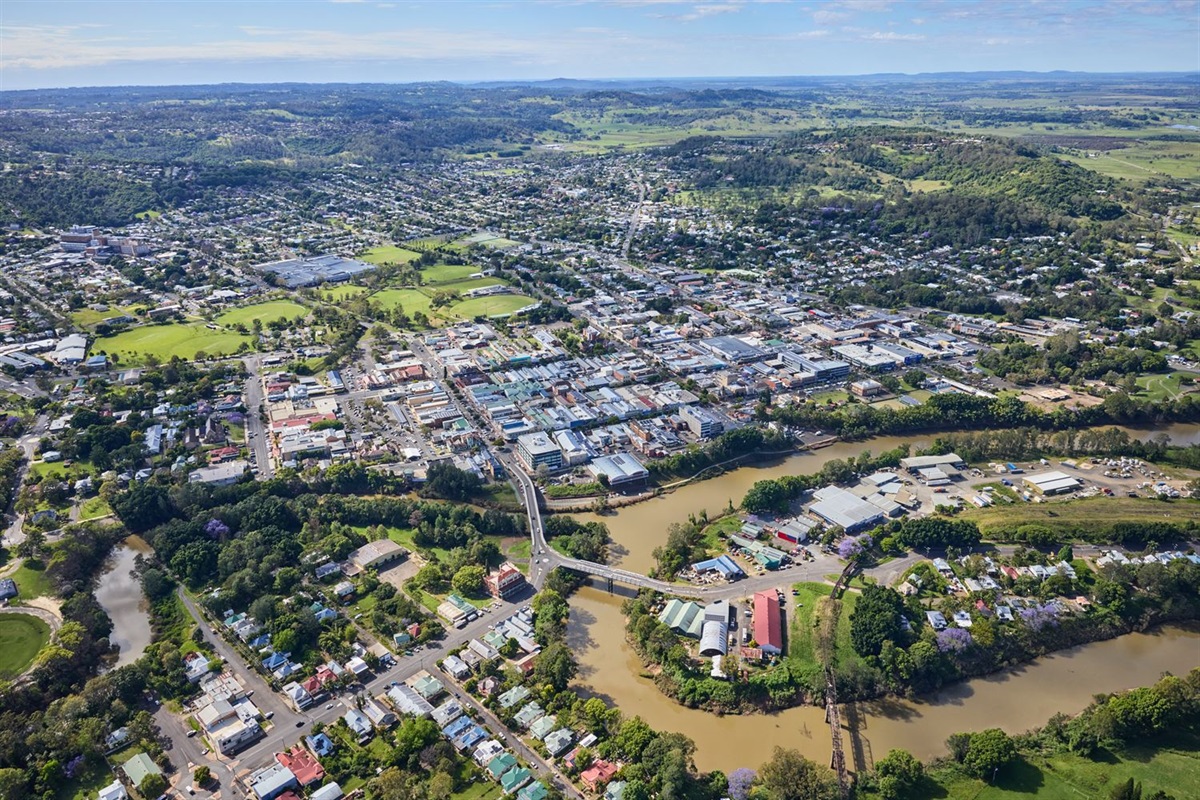Non-Indigenous psychologists can provide psychological support to Aboriginal and Torres Strait Islander Peoples experiencing intergenerational trauma, but they must think beyond scientific training and western processes, say these psychologists.
In Western mental health culture, the focus is often on how an individual’s habits can improve physical and mental health outcomes. However, wellness for Aboriginal and Torres Strait Islander Peoples is not merely physical and psychological, says Indigenous psychologist Kelleigh Ryan FAPS.
“It’s better described as a concept of holistic wellbeing, which is impacted by connectedness to family and kinship, community, culture and country, spirit, spirituality and ancestors, and wellness of the collective cultural wellbeing (Dudgeon, Milroy, & Walker 2014).”
Indigenous communities in Australia are extremely diverse; there are more than 240 language groups with their own cultural practices and protocols. Therefore, Ryan says it’s crucial to acknowledge and respect how your clients’ individual cultural identities may intersect with these various holistic wellbeing domains.
“Just like any therapeutic skill, it’s important to build this cultural responsive knowledge when exploring intergenerational trauma,” says Ryan, who is a descendant of the Kabi Kabi people of South-East Queensland and the Australian South Sea Islanders on her mother’s side.
Intergenerational trauma’s roots
Intergenerational trauma arises when a person develops unhelpful behaviours in response to a traumatic event, which are then passed down through generations.
To begin the journey of supporting healing, psychologists first need to understand the origin of the injury, not just the presenting issue, says Ryan.
“The injury occurred during colonisation, disrupting the many domains of wellbeing for Australia’s First Nations’ Peoples. The denial of identity, access to country, cultural practices, sovereignty, genocide and displacement have all impacted, and continue to impact, wellbeing for First Nation Australians,” she says.
Kelleigh Ryan FAPS, Psychologist
Following this, the removal from country and the loss of family, culture, roles and language also had wide-reaching impacts, she adds.
What continues to impact the healing of this wound is the ongoing exposure to systemic racism, racial trauma and cultural differences in attachment theories and wellness.
The wellbeing wheel
Tanja Hirvonen, a Jaru and Bunuba woman and clinical psychologist specialising in social and emotional wellbeing, advises non-Indigenous psychologists to learn about and understand how to use the Social and Emotional Wellbeing (SEWB) framework when working with Indigenous clients.
“If you are a non-Indigenous psychologist, your understanding of how we view wellbeing will support cultural safety for Indigenous clients that you work with,” she says, adding that mentorship and supervision may also be necessary.
The nine domains of the SEWB wheel model (below) indicate the importance and impact of connectedness of these domains. This can influence many Aboriginal and Torres Strait Islander Peoples’ states of personal and collective wellbeing (Gee, Dudgeon, Schultz, Hart and Kelly, 2013).
Ryan says the wellbeing wheel acts as an important guide.
“We all have culture, whether or not we like it, acknowledge it or understand it. So when you’re denied those resources or the sovereignty to do what makes you well, such as having access to your place of connection, that has an impact.”
Ryan and her sister Nicole Tujague co-founded consultancy The Seedling Group in 2014. They specialise in providing culturally safe, trauma-informed processes for working with First Nations Australians living with complex and intergenerational trauma.
They say demand for their services since the Indigenous Voice to Parliament referendum results has been high. And for the past few weeks, organisations such as Australian Indigenous Psychologist Association, Guyaa Dhuwi, The Healing Foundation, The Seedling Group and Indigenous Allied Health Australia (IAHA) have been busy preparing resources for community members who may be exposed to or experience trauma around January 26.
Nicole Tujague, Co-founder of The Seedling Group
“We’re saying to people, make sure you’re around friends, make sure you’re safe, switch off your social media, and protect and take care of yourself,” says Tujague.
“For our allies, please remember, you do not have to go to every argument you are invited to.”
Bridging the cultural divide
Ryan says it can be “very difficult” for a non-Indigenous psychologist to help a First Nations person experiencing intergenerational trauma to heal without a strong understanding of the context she has outlined above.
Tujague acknowledges that Indigenous psychologists are often best placed to help a First Nations person.
“The cultural knowledge held by these practitioners means things don’t have to be translated or explained… which is powerful,” says Tujague.
However, she notes that for non-Indigenous practitioners, extensive training in cultural sensitivity and the principles of trauma-informed practice from an Aboriginal and Torres Strait Islander perspective can help prepare them.
It can also be beneficial for them to examine their own cultural background and history of trauma, she adds.
“Understanding their own trauma story is really helpful for all psychologists,” she says. “They also need to unpack how their own culture impacts their views and expectations of the individual in front of them.”
“Just like any therapeutic skill, it’s important to build this cultural responsive knowledge when exploring intergenerational trauma,” – Kelleigh Ryan
Understanding the impacts of trauma
Intergenerational trauma can arise from historical events, repeated exposure to life stressors, specific or intense life experiences, or from traumatic childhood experiences, says Hirvonen.
“Research has shown that traumatic experiences are associated with both behavioural health and chronic physical health conditions, especially those traumatic events that occur during childhood,” she says.
Tujague adds to this that “trauma survivors may be dissociated.
“The practitioner might interpret this as a lack of interest or not wanting to be involved, but disssociation is common with people who have suffered institutional trauma. Their mind may withdraw from the conversation, which assists in self-regulation.”
The impacts of intergenerational trauma can stretch from the cradle to the grave, she adds..
“It impacts every stage of life if it’s not identified and addressed. It affects the unborn child in utero, leading to lower birth weights. It affects early childhood development and increases susceptibility to chronic illnesses and other comorbidities. And then throughout life, individuals seek out coping strategies to make their way through the world.”
Tujague says these coping strategies have traditionally been seen as “bad behaviour or “poor social skills”, especially in the education and justice system, which often perpetuates racial prejudice and isolation.
“Indigenous Peoples often face behavioural stereotypes and that all comes through intergenerational trauma. The impacts are much bigger than the individual and can permeate through families, communities and societies.”
What trauma-informed practice looks like
Before your client is even in the room, it’s vital to create a safe and soothing environment, says Ryan. This could look like calm lighting and no sounds or smells that may be triggering.
Then it’s about developing an authentic relationship with them, which requires patience for Western practitioners who, traditionally, might be used to a more “transactional” approach.
“Aboriginal and Torres Strait Islander Peoples are relational. You’re going to need a relationship with this person, albeit professional, before you start asking things.
“When working in remote communities, this may mean you will need to respect cultural protocols of having a grandmother, an aunty, an uncle, or someone else in the room who is a support and can share information with them.”
Hirvonen agrees, saying, “When trust is established and informed consent gained, health practitioners can screen and ask questions, in a culturally safe manner, about family history to ascertain histories of traumatic experiences.”
Healing someone impacted by trauma is not about “fixing” them, Ryan adds. Instead, it’s exploring where the trauma has originated, why certain coping strategies have been chosen and, if the threat is gone, helping the client build alternate strategies and meaningful solutions.
This process can be particularly challenging with identity trauma (Berman, et al., 2020), which can occur with second- or third-generation First Nations Peoples. Often people have experienced disruption and disconnection to their family lineage, and connection to their community, land or culture has been severed.
But healing “is much more complex than just reconnecting with your mob”, explains Ryan.
“Some members of the Stolen Generations and children in the child protection system have tried to reconnect and have been rejected for multiple reasons that are tied to trauma.
“Reconnecting can be scary, so rather than encouraging individuals to do so, it’s about giving them knowledge, holding the space for them and allowing them to explore choices that work for them and how they want to heal.”
While helping First Nations Peoples to heal from intergenerational trauma may seem overwhelming for non-Indigenous psychologists, Tujague says there’s no expectation that they have all the answers, nor an understanding of their client’s entire individual culture. However, for effective practice, they will need to know how loss of cultural connection impacts the individual’s wellbeing.
“We may be the professionals, but they’re the experts of who they are, so it’s about bringing those two world views together and not privileging one over the other,” says Tujague.
“That’s why you need a relationship, not a transaction, to see everything that impacts this person rather than just looking for the bits that you need,” says Ryan. “You need to know the whole story – the winding-road story.”








